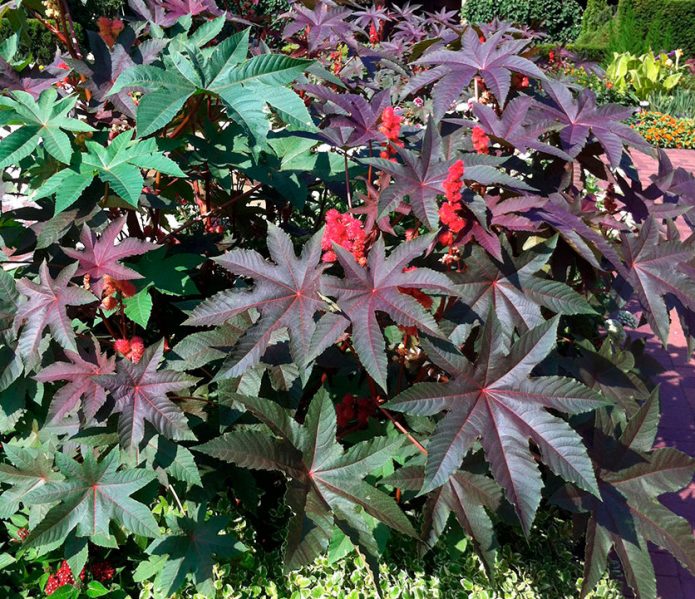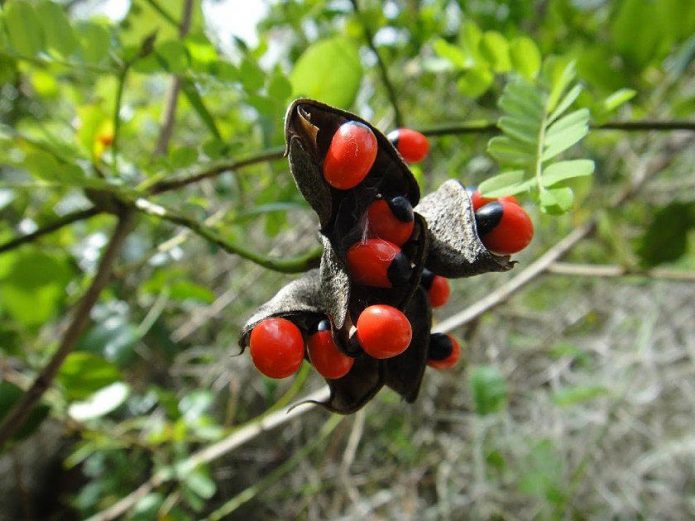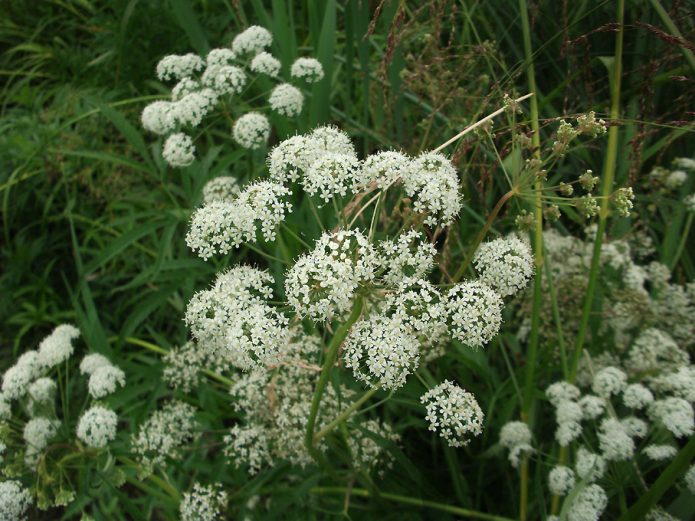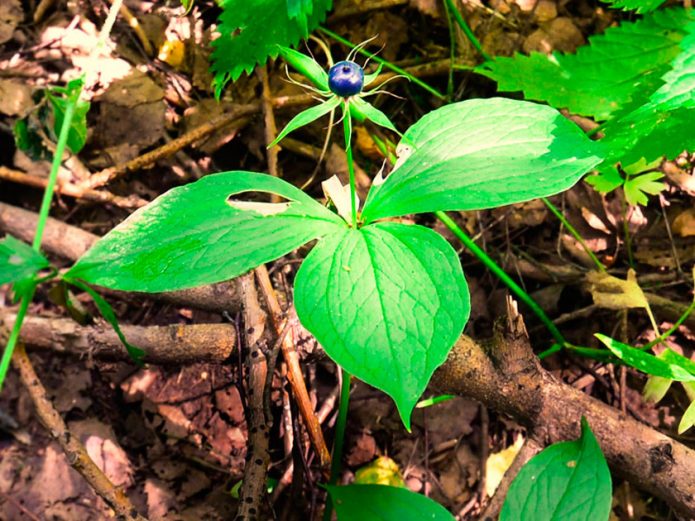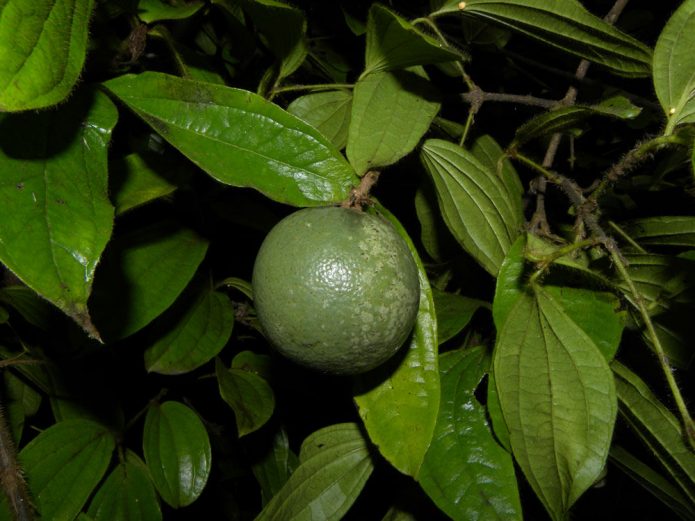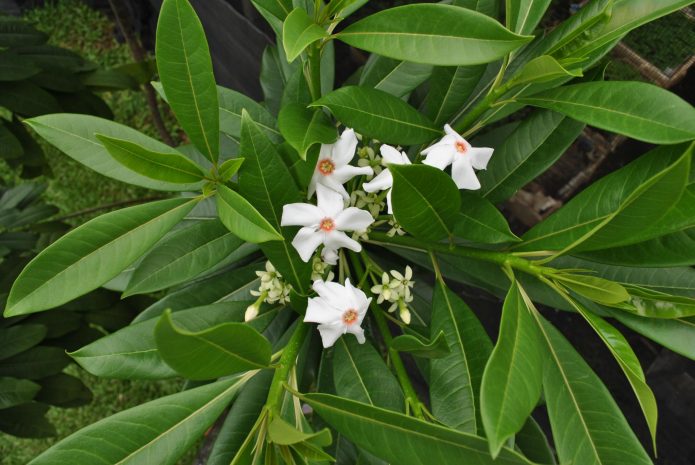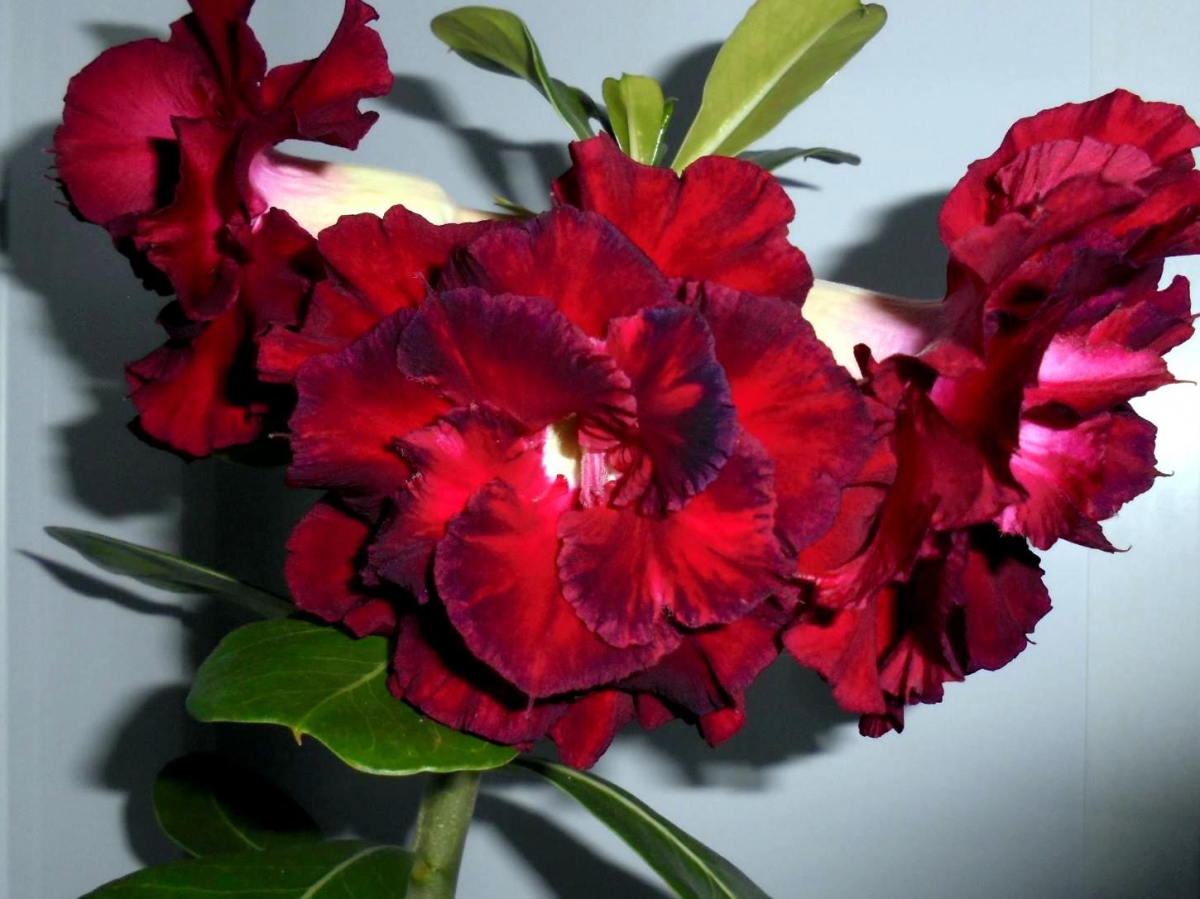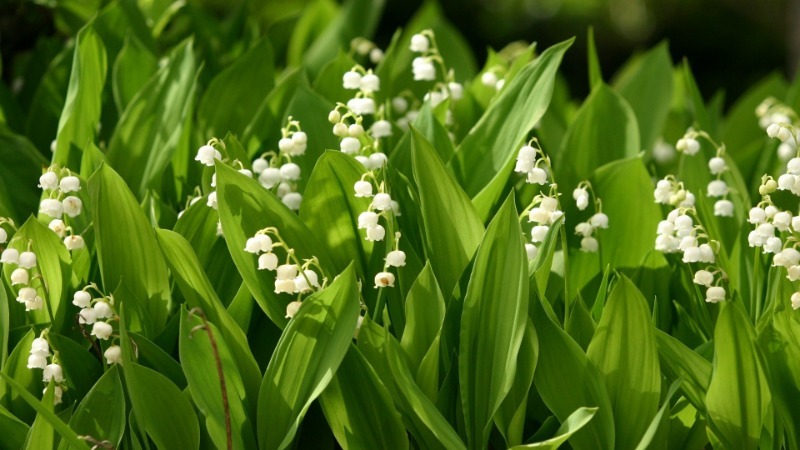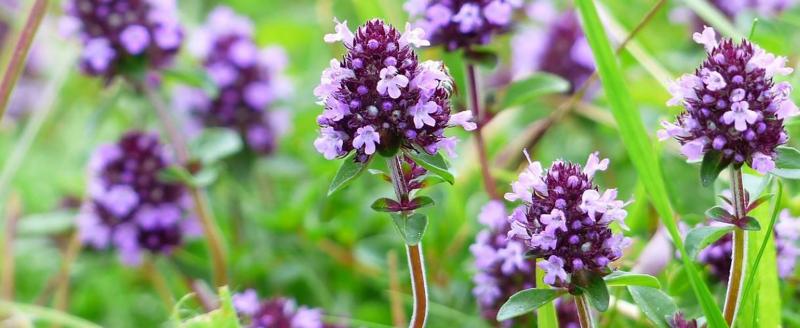Talking about the most poisonous plants in the world, it is not enough to warn: "Do not go, children, to walk to Africa." There are killer plants under the sky of the tropics, but not only there. In Russia, for example, such "grass" can be found in a summer cottage or in a garden, and they will be lovingly looked after, because insidious cultures are usually amazingly beautiful. So that the danger lurking in fruits, leaves and stems does not cause a nightmare, you need to know everything about such plants, otherwise how to protect yourself and your loved ones from trouble?
Content
Castor oil plant
Areas with tropical and subtropical climates are ideal places for castor oil plants. In its natural environment, this shrub looks more like a tree, it can reach a height of 10 m, but in temperate climates it does not grow more than 2-3 m. It has long been used for landscaping various public places in Egypt, Argentina, China, Brazil, and in the last For years, Russian landscape designers have also fallen in love with castor oil plants.
The substances ricin and ricinin contained in all parts of the plant pose a threat to health and life. The lethal dose is 0.2 g for an adult, which means that ten castor bean seeds are a lethal dose. Once in the body, the poison, which is 5-6 times more dangerous than potassium cyanide, causes vomiting, colic and stomach bleeding. Death can occur 5-7 days after poisoning.
Prayer abrus
The homeland of this representative of the legume family is India. There, abrus can still be found in its natural environment. In other places with a tropical climate, the plant is cultivated mainly for the sweet root. Inside the pods are poisonous seeds - 4-6 pieces in each. If even one enters the human body, death can occur in a few days. Signs of poisoning are vomiting, convulsions, a little later, liver failure occurs.
Even if the poison did not enter the body, but ended up on the tips of the fingers, and the person rubbed their eyes with them, this can lead to loss of vision.
Earlier, beads were made from abrus seeds in India, therefore the plant is called prayer, and its second name is beetle. Today such a dangerous production is prohibited in India.
Vech poisonous
Sometimes called hemlock, this plant prefers meadows and marshes. Found in Europe, Asia, North America. Outwardly, it resembles an edible angelica, which can deceive not only humans, but also domestic animals. If, for example, a cow eats 100 g of a poisonous root, she will die.
The danger to humans is the substance cicutoxin - it causes convulsions and seizures, similar to epileptic ones. The victim's pupils are unnaturally dilated all the time. The digestive organs also suffer from the poison. Poisoning often ends in death.
Aconite
The plant of the buttercup family (many know it as the "fighter") is widespread throughout the globe. It can often be found in the gardens and summer cottages of Russians as an ornamental culture. However, one should be careful with the plant because of the poison of aconitine contained in the leaves, stems and flowers. It can enter the body by contact, through the skin. When the poison enters the stomach, vomiting and diarrhea begin, the head is spinning, it becomes difficult for a person to breathe. Respiratory paralysis is the cause of death of the victim.
Raven eye
This plant, found in European and Siberian forests, is poisonous in everything: the heart can suffer from the berries, the central nervous system from the leaves, the roots have a detrimental effect on the stomach. Symptoms of raven eye poisoning: vomiting, convulsions, respiratory paralysis and, as a result, cardiac arrest.
It is believed that when dried, the plant becomes less dangerous, therefore it is used in traditional medicine, but it is still not worth the risk.
Belladonna
Other names: belladonna, sleepy stupor, mad berry. Moisture-rich deciduous forests in Europe and Asia are areas in which belladonna feels particularly comfortable. In this representative of the Solanaceae family, the poisonous substance atropine is found in all parts, but the roots and fruits are especially dangerous, which seem to be quite edible, but, once in the mouth, cause severe burning and dryness.
Symptoms of belladonna poisoning are photophobia, hallucinations. A person ceases to understand where he is, his speech is confused, sometimes attacks of violent insanity are noted. Death can occur as a result of respiratory paralysis.
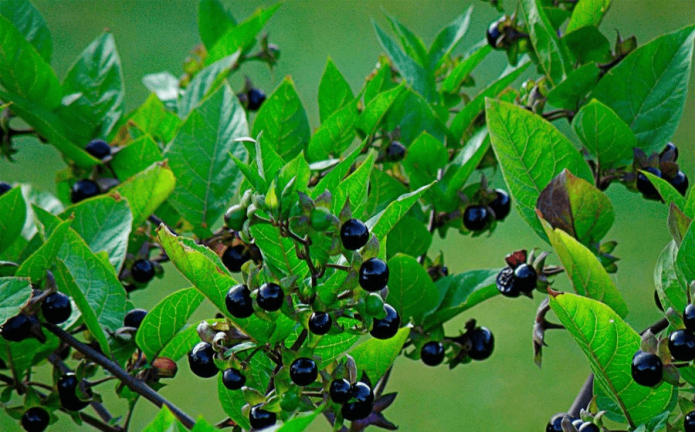
In the old days, Italian ladies buried belladonna juice in their eyes for a "languid look" - pupils dilated from atropine
Strychnos poisonous
The poison of curare, with which the Indians of South America processed arrows, is found in the roots and stems of strychnos. In curar, scientists have identified two deadly alkaloids - brucine and strychnine, and death from them is called one of the most painful. Symptoms of poisoning are convulsions that affect the entire body of the victim and become especially severe from loud sounds and bright light, as well as respiratory paralysis and heart palpitations. The most likely outcome is fatal.
Cerberus
The habitat of this beautiful plant with rich greenery, large flowers and fruits is Australia, the islands of the Pacific and Indian oceans, tropical regions of Asia. It is sometimes called the tree of suicides, and the name "Cerberus", which is used more often, reminds of the dog Cerberus, according to ancient mythology, who guarded the exit from the kingdom of the dead to the world of the living.
Cerberine poison is found in all parts of the plant. Once in the human body, it blocks the work of the heart, which ultimately leads to its arrest. If the branches of a tree are burned at a stake, the poisonous smoke causes severe poisoning, which the body cannot cope with.
Manchineel tree
In nature, this plant is found in Central America - in coastal areas, swampy areas. The tree reaches a height of 15 m. All its parts are toxic, but the milky juice is especially dangerous, which, if it gets into the eyes, leads to blindness, and leaves severe burns on the skin.
If you eat its fruit, which looks quite appetizing, symptoms characteristic of poisoning appear. A similar thing happened to sailors who, having escaped from a shipwreck, ate the fruits of mancinella, mistaking them for edible.
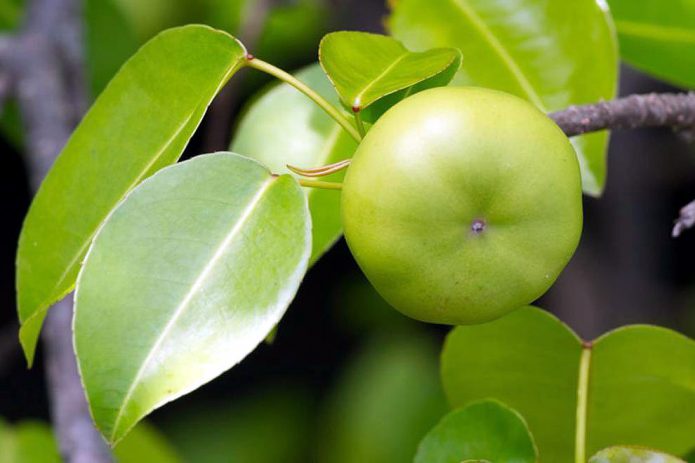
Mancinella is currently listed in the Guinness Book of Records as the most dangerous tree in the world.
Oleander
This beautifully flowering shrub is found in its natural environment in Asian countries, and as a cultivated plant - in parks of almost all continents of the world.
Poisonous substances contained in all parts of oleander are cornerin and oleandrin. If they get inside the body, the person experiences severe pain. The typical symptoms of poisoning are colic, vomiting, diarrhea. In the most severe cases, cardiac arrest occurs.
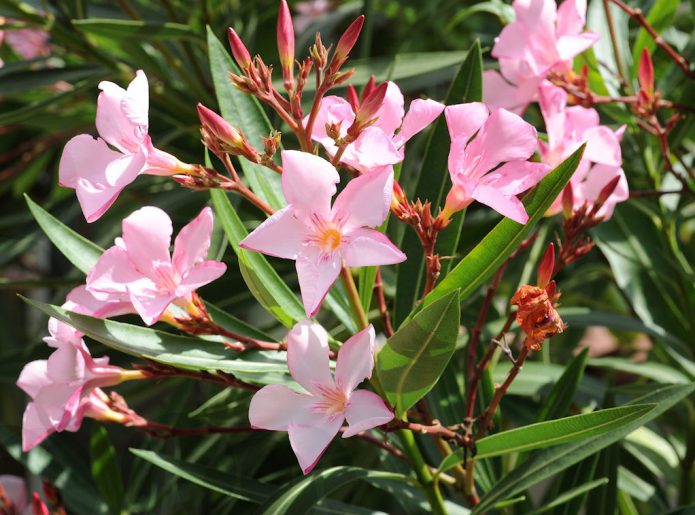
Preparations derived from oleander leaves - neriolin and cornerin - were previously used for disorders of cardiovascular activity
In addition to the top 10 most poisonous plants in the world, there are many other dangerous flora found in nature. Even with timely medical care, the health of a person whose body has been poisoned can be seriously undermined. You should be interested in the nature of the places where you plan to visit in advance.
